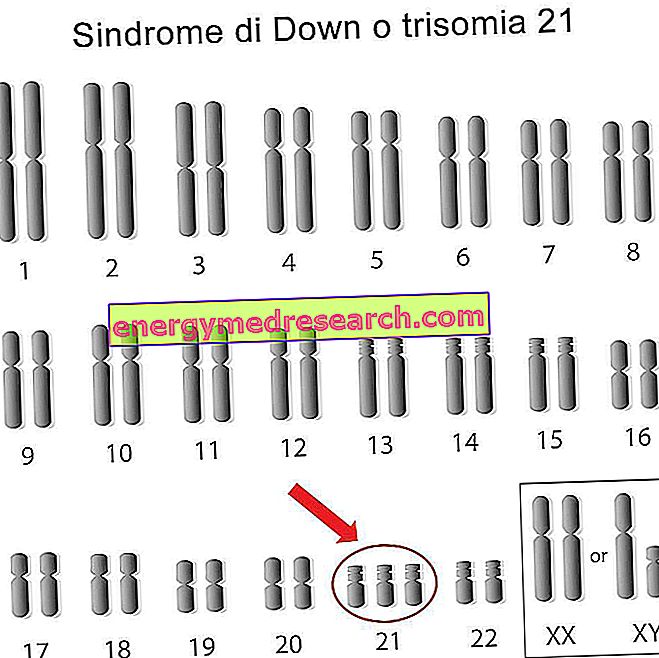Related articles: Pityriasis rosea
Definition
Pityriasis rosea is a skin disorder of inflammatory origin. It affects mainly young subjects, between 10 and 35 years, and reaches the peak of incidence in the spring and autumn months. The cause is unknown, but a bacterial and / or viral origin has been hypothesized (in particular, the reactivation of human herpes viruses 6 and 7 seems to be implicated).
Most common symptoms and signs *
- Asthenia
- Erythema
- Headache
- papules
- Dry skin
- plaques
- itch
- Scales on the skin
Further indications
At the onset of pityriasis rosea, the appearance of a single erythematous spot (mother patch) on the trunk, neck or upper limbs is typical. This lesion has an oval or roundish shape and a size of 2-10 cm in diameter. After about 7-14 days, a diffuse eruption occurs, with a centripetal distribution (from the periphery towards the center), with papules and plaques of 0.5-2 cm.
The lesions of pityriasis rosea present a characteristic central desquamation, a newly detected edge and a pink or brownish color. Associated symptoms include itching (occasionally severe), headache and general malaise.
Pityriasis rosea is diagnosed based on the clinical appearance and distribution of the lesions. The differential diagnosis is made with respect to: tinea corporis, drug rash, psoriasis, lichen planus and secondary syphilis. Therapy, in general, is not necessary, as the eruption regresses spontaneously in about 5 weeks and recurrences are rare. Topical corticosteroids, oral antihistamines or emollients can be used against itching. Exposure to sunlight can accelerate healing.



